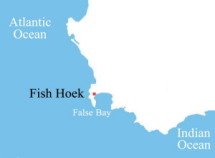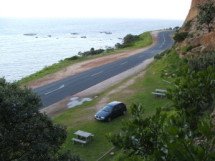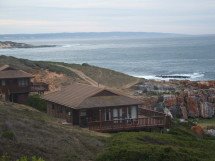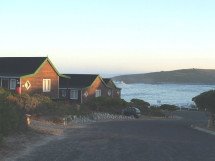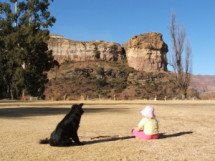6MM Mandurah WA on 1116 kHz was heard and identified for the first time on the 27th July 1989 via the FRG 7 and 30 metre longwire antenna at Fish Hoek.
Senior Technician Sydney Smith responded to my reception report with an informative letter and kindly included a 6MM car sticker as well as a photograph of the studio building.
The 6MM Studio Building (Photograph courtesy of Sydney Smith).
Inside the 6MM studio (Photograph Mark Leonard).
Audio Clip
The 2 kw signal from 6MM was heard over a distance of 8 657 km with a very good consistent level on the 13th May 2009 at 1647 UTC via the Sony SRF-M37V ultralight receiver and 220 metre BOG at Fish Hoek.
The 6MM transmitter building and 73 metre antenna mast, situated at West Pinjarra (Photograph Google Street View).
The 6MM transmitter building and 73 metre antenna mast, situated at West Pinjarra (Photograph Google Street View).
























